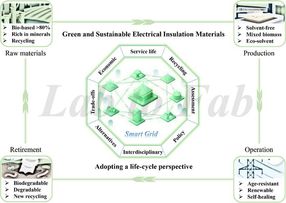New Micro Fuel Cell: Scientists from Hong Kong have made a micro fuel cell using a zeolite membrane
Advertisement
Siu Ming Kwan and King Lun Yeung from the Hong Kong University of Science and Technology have made an inorganic zeolite proton-exchange micromembrane and assembled it into a workable micro fuel cell.
Yeung explains that this is the first time that a nanoporous zeolite membrane has been studied as a proton-exchange membrane for hydrogen fuel cells. They discovered that their microfabricated HZSM-5 micromembrane achieved performance on a par with a commercial membrane, Nafion 117. They believe their work shows remarkable progress in inorganic proton conducting membranes, as sufficient proton conductivity is currently only achieved at significantly higher temperatures.
'The zeolite micromembrane could offer greater avenues for designing more efficient micro fuel cells either based on hydrogen or liquid hydrocarbon fuels,' predicts Yeung.
Original publication: King Lun Yeung et al., Chem. Commun., 2008.
Organizations
Other news from the department science

Get the chemical industry in your inbox
By submitting this form you agree that LUMITOS AG will send you the newsletter(s) selected above by email. Your data will not be passed on to third parties. Your data will be stored and processed in accordance with our data protection regulations. LUMITOS may contact you by email for the purpose of advertising or market and opinion surveys. You can revoke your consent at any time without giving reasons to LUMITOS AG, Ernst-Augustin-Str. 2, 12489 Berlin, Germany or by e-mail at revoke@lumitos.com with effect for the future. In addition, each email contains a link to unsubscribe from the corresponding newsletter.





























































